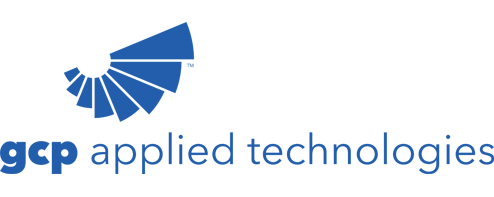Liquid Applied Waterproofing Frequently Asked Questions from GCP Liquid applied waterproofing is a fast-growing market. Globally, liquid applied waterproofing is projected to experience a compounded annual growth rate of 8.7% through 2025, due to cost efficiency and high levels of performance. Read on to learn more about liquid applied waterproofing membranes. 1. What are the advantages of liquid waterproofing? Contractors find liquid applied membranes advantageous for many reasons, including:
2. What should I look for when evaluating liquid waterproofing solutions? Not all liquid waterproofing systems are the same. They are made of different materials, each with their own properties. Key questions to ask include:
3. How do you determine whether to use spray applied or hand applied liquid waterproofing? GCP's experienced Field Services team can help you make that decision. Typically on small jobs or in confined spaces, it is easier to hand apply liquid waterproofing. For large jobs, it is often best to use a spray to help accelerate project completion. 4. How do you make sure the liquid you're applying goes on thick enough? Some products like Aquagard M UVR liquid waterproofing are self-leveling material and applied using notched trowels, squeegees, or gauged rakes. This ensures proper thickness is achieved. An applicator or inspector will also always confirm thickness by doing spot checks with a wet film thickness gauge during application. 5. What training is needed to apply liquid membranes? Chemspray 690 and 790 are sprayable liquid waterproofing, which should only be applied by experienced, trained contractors. Effective liquid waterproofing application requires adequate surface preparation of the substrate. Failure to properly prepare the substrate will negatively impact the waterproofing performance. GCP typically provides onsite training and runs a national training several times a year. Learn more about GCP's liquid waterproofing solutions at gcpat.com.au.
|
GCP Applied Technologies Profile 1800 855 525 14 Colebard St, West Archerfield, QLD, 4108
|


 SILCOR Liquid Waterproofing by GCP
SILCOR Liquid Waterproofing by GCP Leading Concrete Technology Supply by
Leading Concrete Technology Supply by Sustainable Cement Manufacturing with
Sustainable Cement Manufacturing with Sustainable Ready-mix Concrete Delivery
Sustainable Ready-mix Concrete Delivery Underground Injection Materials for Leak
Underground Injection Materials for Leak Commercial Flooring Moisture Barriers
Commercial Flooring Moisture Barriers Commercial Building Passive Fire
Commercial Building Passive Fire Construction Concrete Solutions from GCP
Construction Concrete Solutions from GCP Lower Emissions with Concrete
Lower Emissions with Concrete Perm-A-Barrier Advanced Weatherproofing
Perm-A-Barrier Advanced Weatherproofing Bridge Deck Waterproofing Membranes from
Bridge Deck Waterproofing Membranes from Facade Waterproofing and Air-Tightness
Facade Waterproofing and Air-Tightness Applying Liquid Waterproofing Membranes
Applying Liquid Waterproofing Membranes Pre-Applied Waterproofing Membranes at
Pre-Applied Waterproofing Membranes at Complete Building Envelope Solutions
Complete Building Envelope Solutions Below-Ground Waterproofing Solutions
Below-Ground Waterproofing Solutions Waterproof Tanking Techniques with
Waterproof Tanking Techniques with Pre-Applied Waterproofing Membranes for
Pre-Applied Waterproofing Membranes for Tall Building Fire Protection,
Tall Building Fire Protection, Preprufe Membrane Pre-Applied
Preprufe Membrane Pre-Applied
